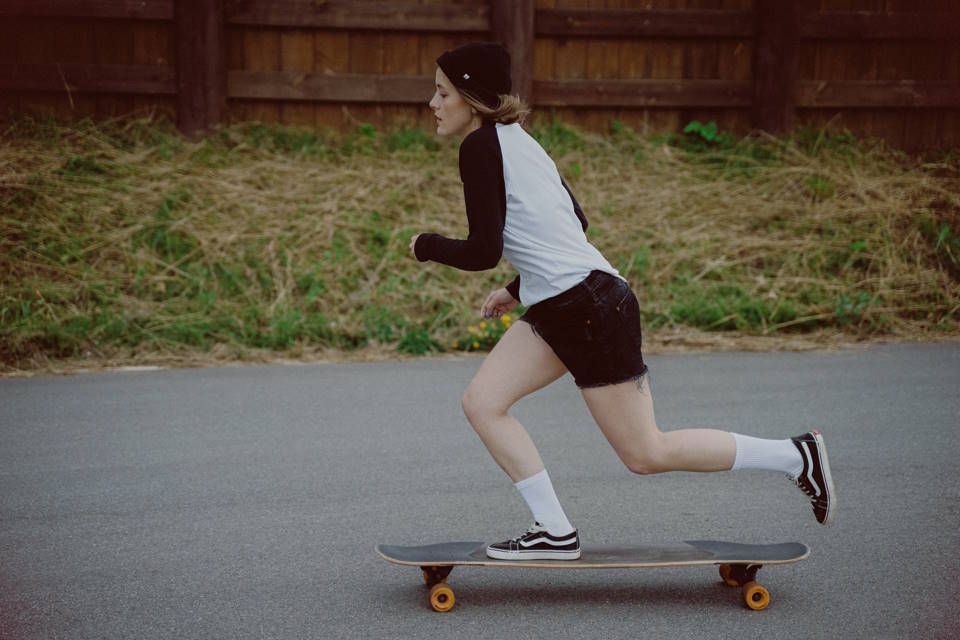Longboarding is a thrilling sport that involves riding a longer version of a skateboard. There are different styles of longboarding, with freeriding being one of the most popular. Freeriding involves performing tricks and slides while cruising downhill. It requires a great deal of skill and practice, but it’s a rewarding style of longboarding that allows riders to push their limits and express themselves creatively. We’ll explore what freeriding is, how you can get started, and answer some common questions about this exciting style of longboarding.
Introduction
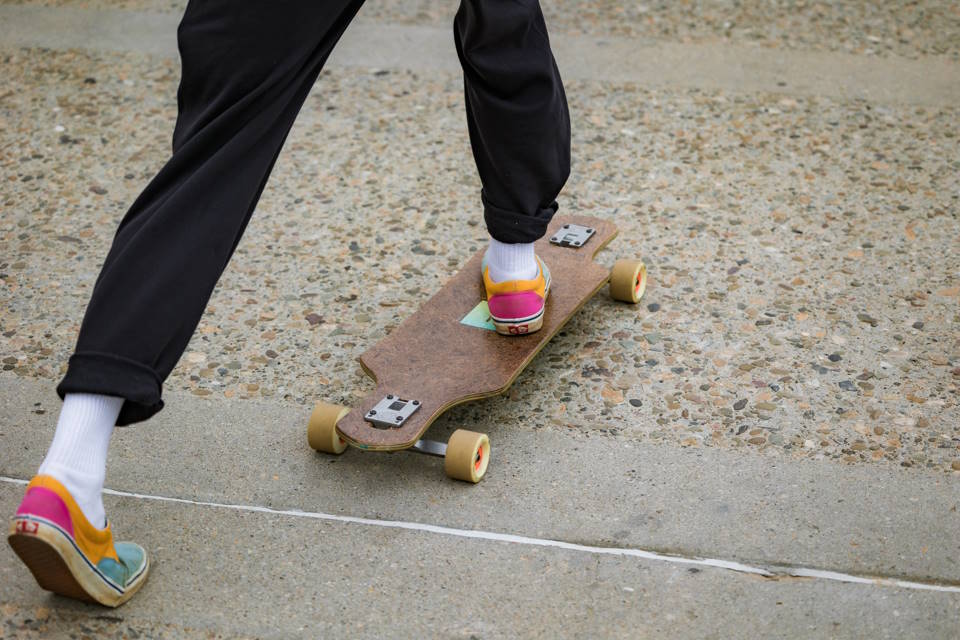
Longboard freeriding is a type of longboarding that involves riding down hills while performing various tricks and maneuvers. It’s a great way to experience the thrill of speed while also showcasing your skills and creativity. The goal of freeriding is to smoothly flow down the hill while performing slides, drifts, and other technical tricks.
Unlike downhill longboarding, which is focused solely on speed, freeriding is more about style and creativity. There’s no set course or time limit, so riders are free to explore their surroundings and come up with their own lines and tricks. This makes freeriding a highly individualistic form of longboarding where riders can truly express themselves.
- To get started with longboard freeriding, you’ll need a suitable board and safety gear. A freeride board is typically longer and heavier than a standard longboard and has wider trucks and larger wheels. This provides greater stability and control when carving and sliding down hills.
- You’ll also need to wear a helmet, gloves, and knee pads to protect yourself from falls and injuries. Freeriding can be dangerous, so it’s important to take safety seriously and always wear the right gear.
- To begin freeriding, find a hill with a long, gentle slope to practice on. Start by practicing basic slides and turns, and gradually build up your skills and confidence. As you become more experienced, you can start experimenting with new tricks and techniques to push your limits and take your freeriding to the next level.
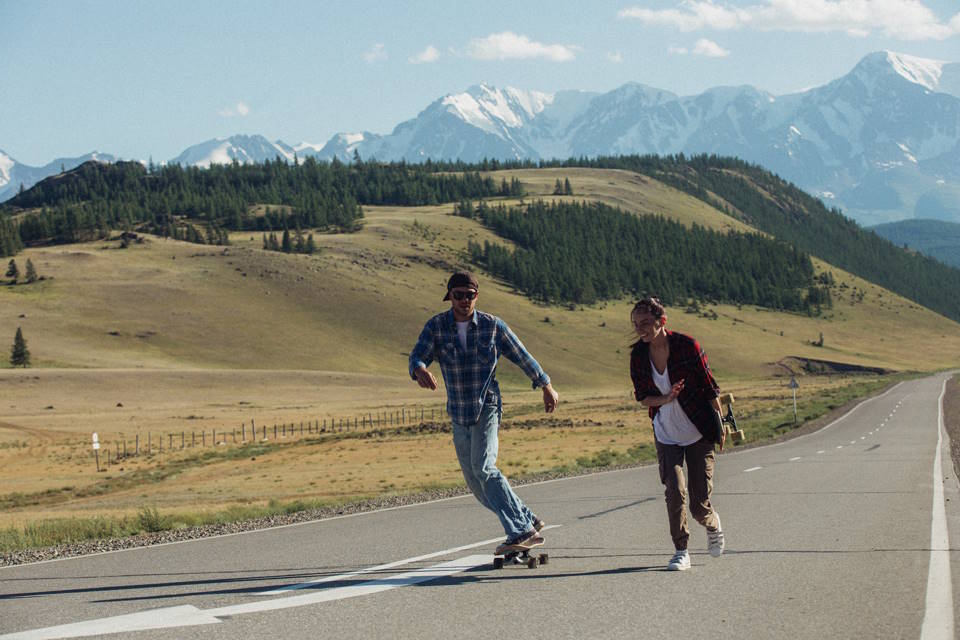
| FREERIDING TIPS | SAFETY TIPS |
|---|---|
| Practice your slides on flat ground first | Always wear a helmet |
| Keep your weight over the front trucks to maintain control | Wear gloves to protect your hands when sliding |
| Try new tricks in a safe environment with spotters | Wear knee and elbow pads to prevent injuries |
| Look ahead at where you want to go, not down at your board | Never ride without the proper safety gear |
How Do You Freeride a Longboard?

Freeriding is a type of longboarding that involves performing tricks and slides while riding down a hill. It requires skill, experience, and practice to do it safely and effectively. If you’re new to freeriding, it’s important to start slow and work your way up gradually to more advanced techniques.
One of the first things you need to do when freeriding is to determine your stance. Are you goofy or regular? This is determined by which foot you prefer to have at the front of the board. Once you have your stance figured out, you can start to learn the basic techniques of freeriding.
- Carving: This involves making smooth turns by shifting your weight from one side of the board to the other. It’s important to keep your knees bent and your weight centered over the board.
- Sliding: This is a key element of freeriding and involves using the wheels of your longboard to break and slide around corners. It requires practice and trust in your board.
- Air Braking: This technique involves lifting your back foot off the board and dragging it on the ground to slow down or stop.
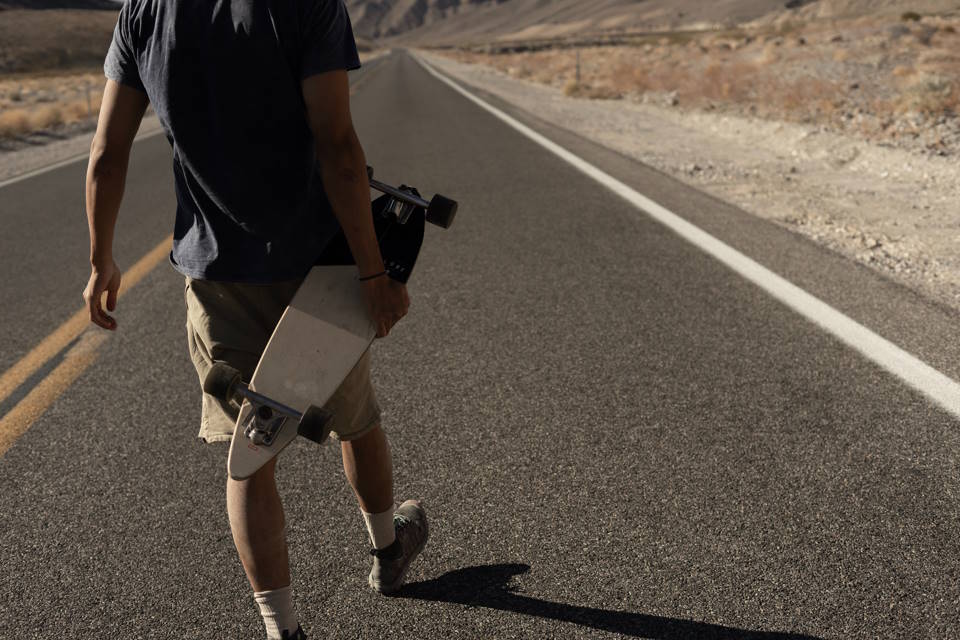
As you become more comfortable with these techniques, you can start to experiment with more advanced maneuvers like stand-up slides, speed checks, and downhill tricks. It’s important to always wear protective gear like a helmet, gloves, and knee pads to reduce the risk of injury.
| Pros | Cons |
|---|---|
| Provides an adrenaline rush and a thrilling experience | Can be dangerous if proper safety precautions and techniques are not followed |
| Allows for creative self-expression and individual style | May require expensive equipment and frequent maintenance |
| Improves balance, coordination, and core strength | Not legal on all roads and may require permits or permission from authorities |
Freeriding is an exhilarating and challenging activity that can provide a sense of freedom and accomplishment. By mastering the basic techniques and gradually building up your skills, you can enjoy the thrill of riding down hills and performing tricks with confidence and competence. Just remember to always prioritize safety and follow the proper guidelines and regulations for your area.
What Is Cruising vs Freeride Longboard?
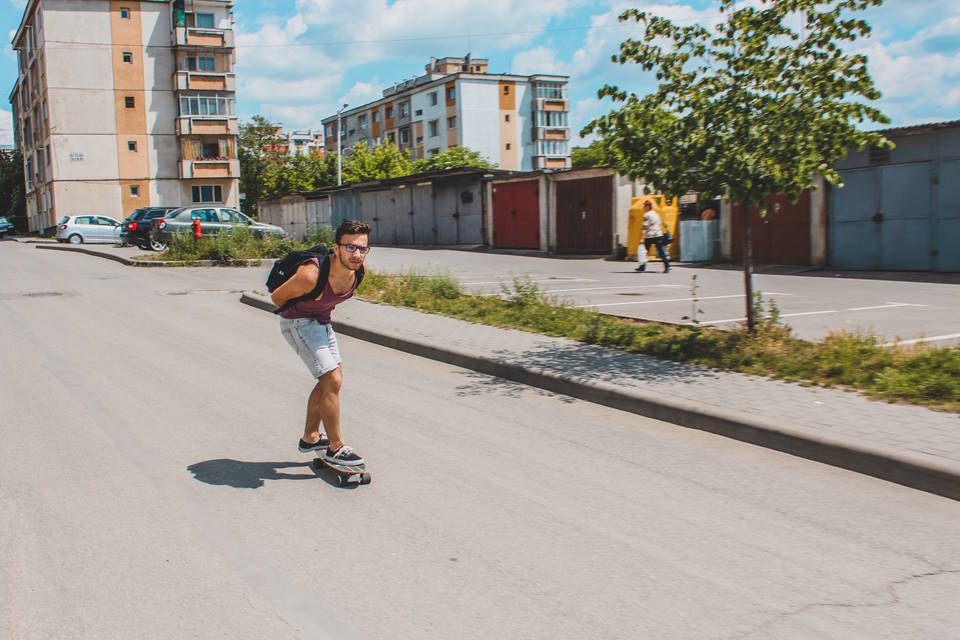
Longboarding is a sport that is gaining widespread popularity, with more and more enthusiasts joining in the fun. It involves riding a longboard, which is a type of skateboard that is longer and more stable, making it easier to ride. There are several types of longboarding, including cruising and freeriding.
Cruising is the most basic and common form of longboarding. It involves riding a board at a comfortable speed, typically on flat ground. Cruising is perfect for those who just want a leisurely ride through town, as well as those who are just starting out with longboarding. The focus of cruising is on relaxation and enjoying the ride, rather than on any advanced techniques or maneuvers.

Freeriding, on the other hand, is a more advanced form of longboarding that requires a higher level of technique and skill. It involves riding at high speeds down hills and performing various tricks and maneuvers. Freeriding is more intense and adrenaline-fueled than cruising, making it a popular choice amongst thrill-seekers and experienced riders.
- Cruising involves riding at a comfortable speed on flat ground.
- Freeriding involves riding at high speeds down hills and performing various tricks and maneuvers.
While both forms of longboarding share some similarities, they are also quite different. Cruising is more relaxed and focused on enjoying the ride, while freeriding is all about pushing the limits and experiencing an adrenaline rush. Whether you prefer cruising or freeriding, longboarding is a fun and exciting sport that offers something for everyone.
| Features | Cruising | Freeriding |
|---|---|---|
| Speed | Comfortable speeds on flat ground | High speeds down hills |
| Technique | Basic | Advanced |
| Focus | Relaxation and enjoying the ride | Pushing the limits and experiencing an adrenaline rush |
Whether you choose to cruise or freeride, always remember to wear protective gear such as a helmet, knee pads, and wrist guards. Longboarding can be dangerous, especially when riding at high speeds or performing tricks, so safety should always be your top priority. With the right equipment and a passion for the sport, you can enjoy all that longboarding has to offer.
What Is Freestyle Longboarding?
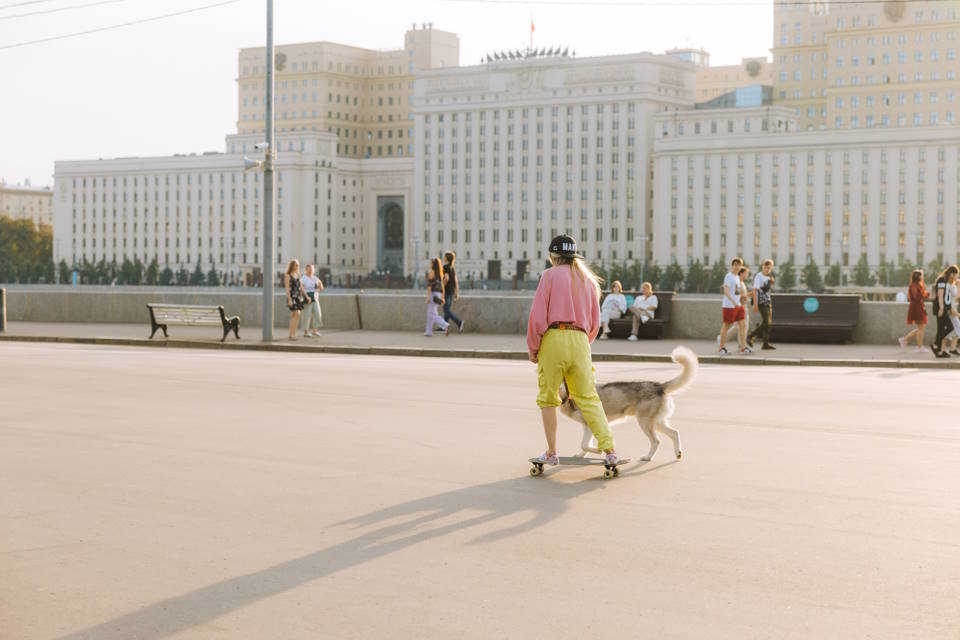
Freestyle Longboarding is a type of longboard riding that involves performing tricks and maneuvers on a longboard. This style of longboarding is more about the rider’s individual expression and creativity as opposed to speed or racing.
Freestyle longboarding can be broken down into two subcategories: flatland freestyle and freestyle sliding. Flatland freestyle involves performing tricks on a flat surface without the use of any obstacles or ramps. Some popular flatland freestyle tricks include Peter Pans, manuals, and 360 shove-its.
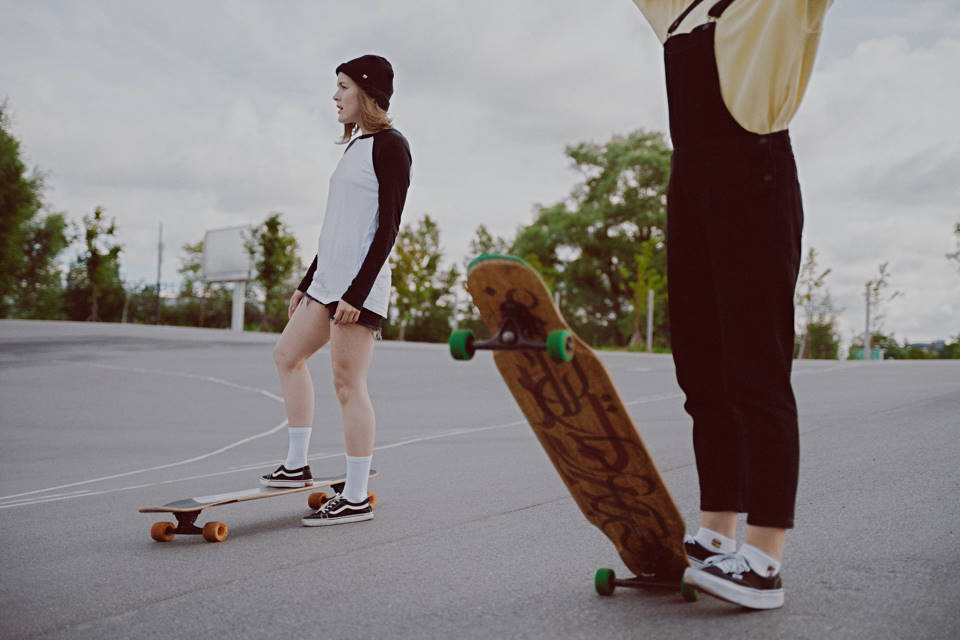
- Peter Pans: A trick where the rider jumps and kicks the board out in front of them while they are airborne, and then catches it and lands back on the board.
- Manuals: A trick where the rider balances on the back wheels of the longboard and rides without touching the ground with the front wheels.
- 360 Shove-its: A trick where the rider spins the board 360 degrees while jumping and landing back on the board.
Freestyle sliding involves riding the longboard in a way that involves sliding the wheels across the pavement. Some popular freestyle sliding tricks include stand-up slides and 180 slides. This style of freestyle longboarding is more focused on speed and control than flatland freestyle.
What Is the Difference Between Freeride and Downhill Longboarding?

Longboarding is a popular activity that has been gaining momentum over the past decade. It is an extreme sport that involves riding a specially designed board that is longer and wider than a traditional skateboard. There are various types of longboarding, including freeriding and downhill longboarding. These two types of longboarding may seem similar, but they have significant differences that are worth exploring.
-
- Freeriding Longboarding
Freeride longboarding is considered to be more of an art form than a sport. It involves performing tricks and maneuvers while riding down a hill or slope. The primary focus of freeride longboarding is on style, creativity, and technique. Riders will often slide or drift while riding down the hill, which requires a considerable amount of skill and practice.
Freeride longboarding is often performed on paved roads or other surfaces that are relatively smooth. This type of longboarding can be done at various speeds, depending on the rider’s skill level and experience. Most freeride longboarding sessions are done with a group of riders who can share tips and tricks with each other.
-
- Downhill Longboarding
Downhill longboarding, on the other hand, is a much more extreme sport. It involves riding down a steep hill or mountain at high speeds. The primary focus of downhill longboarding is on speed and precision. Riders will often reach speeds of over 50 miles per hour, which requires a considerable amount of experience and skill.
Downhill longboarding is often done on mountain roads or other steep and challenging terrain. Riders will often have to navigate through curves, turns, and obstacles while maintaining their speed and balance. This type of longboarding can be very dangerous and should only be attempted by experienced riders who are willing to take the necessary safety precautions.
Why Is Freeriding Illegal?
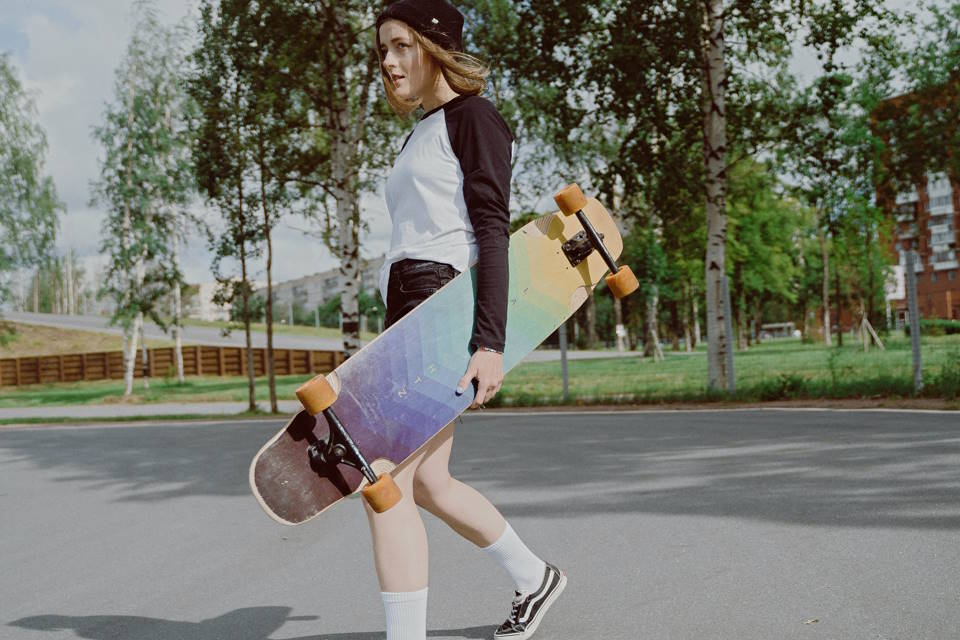
The world of longboarding has a lot to offer. It can be fun, exciting and most of all, challenging. Freeriding is one of the popular styles among longboarders. It is the art of sliding and riding the corners to control speed and direction. Although this style is taken as a display of talent and courage, it is marked as an illegal activity in some places worldwide.
Freeriding on a longboard has its fair share of dangers. The main reason why freeriding is illegal is that it poses a threat to public safety. This style of riding requires a great deal of speed and skill, which can result in accidents and injuries. Longboarding on public roads brings a risk of colliding with pedestrians, cyclists, and motorists. That is why it is prohibited in some areas in different countries.

Another reason for the ban is the potential damage to public and private property. Sliding can cause road damage and leave scars on the pavement. It can also damage plant life and other vegetation on the roadside. Property owners and municipalities are reluctant to allow longboarding, especially in residential areas or busy commercial zones.
How Do I Start Freeriding?
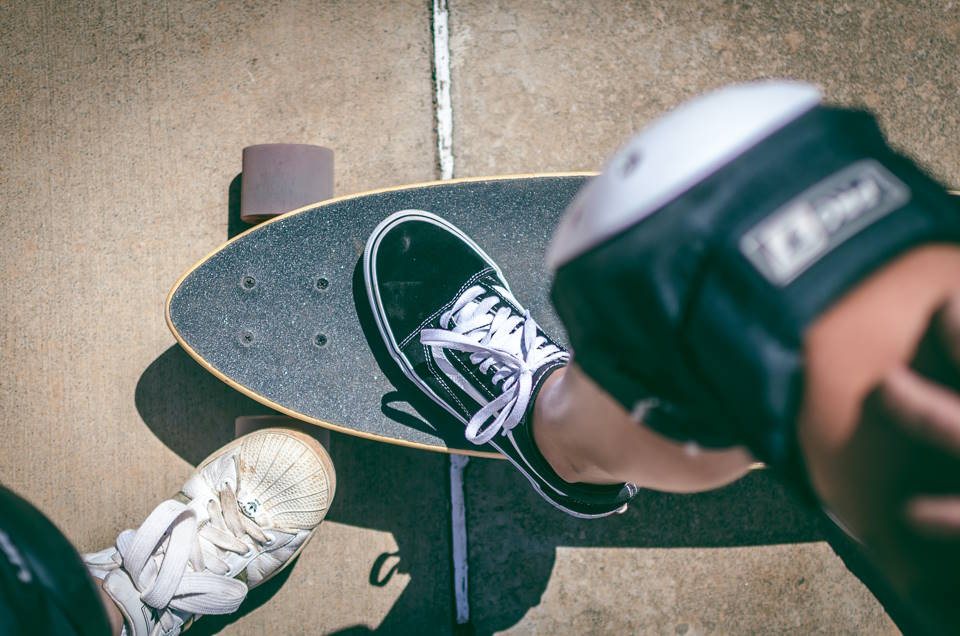
Are you eager to get into the high-speed world of longboard freeriding? Without proper guidance and knowledge, it can be daunting to get started.
First and foremost, safety must always be your top priority when freeriding. Ensure you have the proper safety gear such as a helmet, gloves, knee and elbow pads, and a sturdy pair of shoes. Longboard freeriding is an extreme sport, and accidents can and do happen, so take all necessary safety precautions.
- Step 1: Get a longboard suitable for freeriding
You cannot freeride without a proper longboard. Ideally, opt for a top-mount or a drop-through deck as they provide stability and control when freeriding. As freeriding involves high speeds and sliding, you should choose a longboard with a relatively shorter wheelbase, a deck with a concave shape and steeper kicktails.
- Step 2: Learn the basics of longboarding
If you are new to longboarding, it is essential to understand the basic skills such as balancing, turning, and stopping. Practice riding on flat terrain and gradually work your way towards downhill riding. Always take small steps and progress at your own pace since freeriding requires technical skills and mastery of the basics.
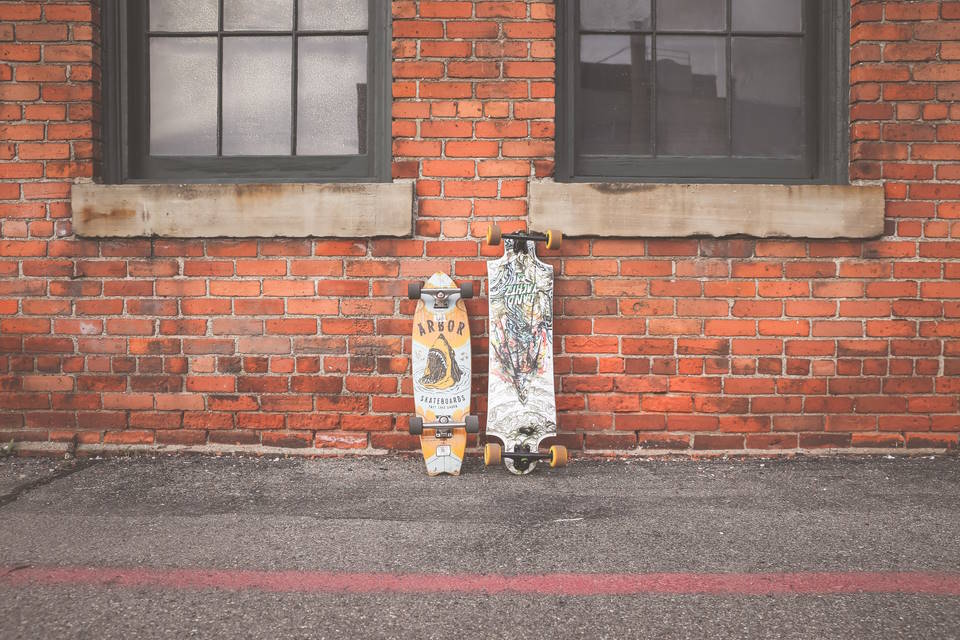
- Step 3: Practice different freeriding styles
Even the most experienced riders started with basic freeriding techniques. Begin with carving and then progress to slides such as the Coleman, 180s, and stand-up slides. With time, you can learn how to perform more advanced slides such as the Pendy, Toeside 180s, and shuvits. It takes time and practice to perfect freeriding techniques, so do not get discouraged if it takes longer to master some techniques.
Freeriding is an exciting and rewarding sport, but it requires patience, dedication, and practice to become a skilled freerider. Take the time to learn the basic skills, get the proper longboard equipment, and always prioritize your safety. And soon enough, you’ll be taking on thrilling downhill runs like a pro!

